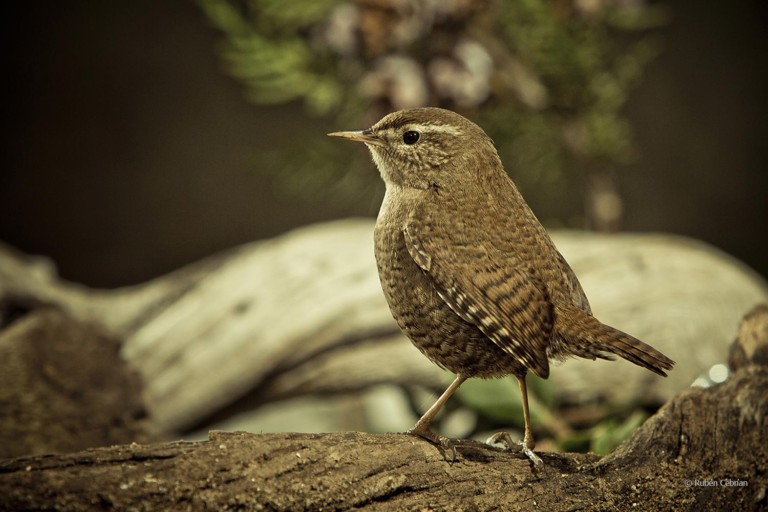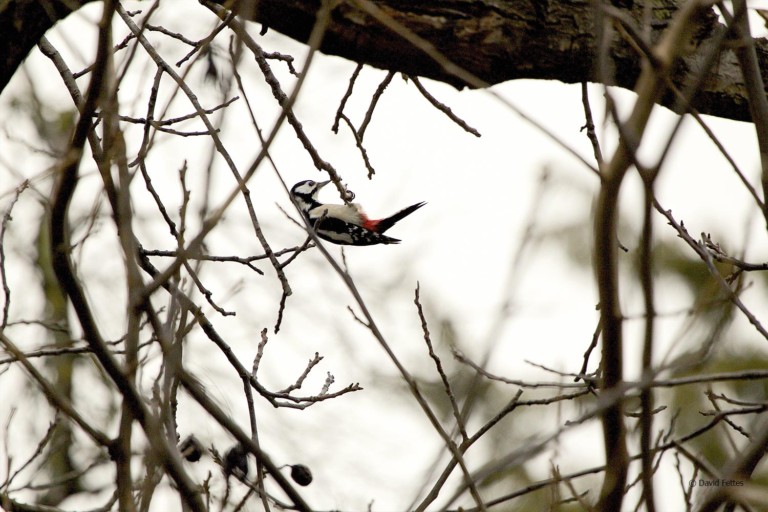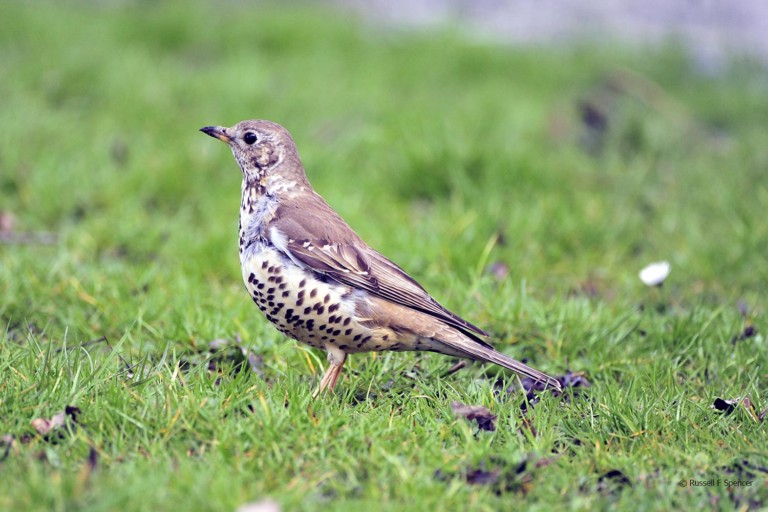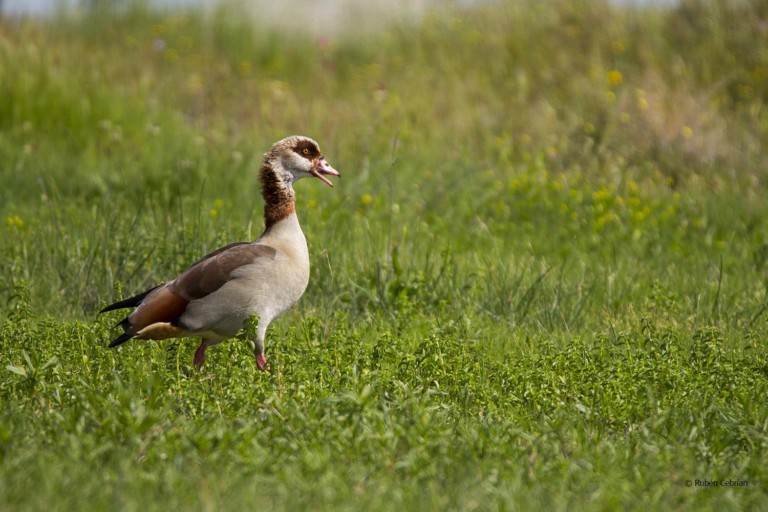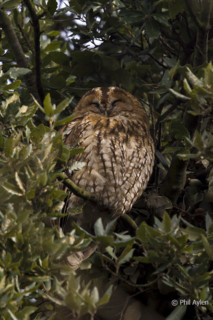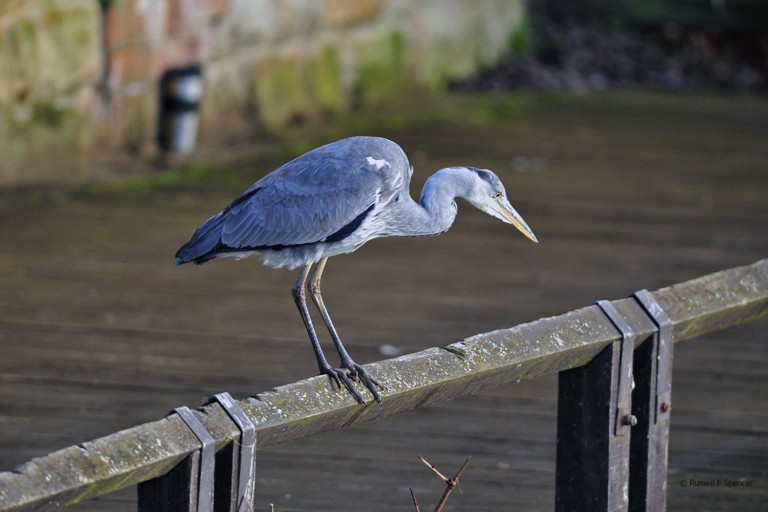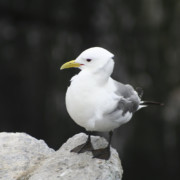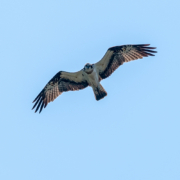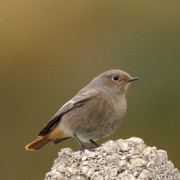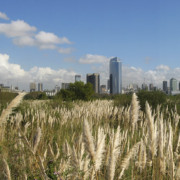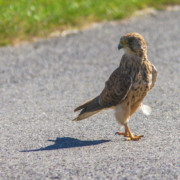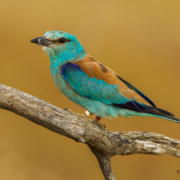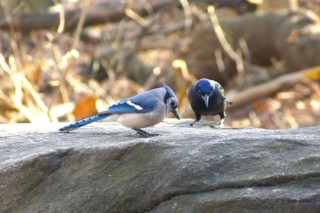If you were travelling westwards along either of two major routes out of London, you would probably see the well known open space of Hyde Park and Kensington Gardens. But you might well miss the lesser known, little urban jewel of just over 21 hectares (53 acres) that is Holland Park.
Holland Park was in private hands until not long after the last war and originally laid out for the enjoyment of its occupants: hence the variety of its habitat. This now consists of woodland in the north (including a Wildlife – or “Nature” – Reserve to which the public has only limited access), formal gardens and lawn elsewhere and a sportsfield to the south. There are two ponds in the Wildlife Reserve, Lord Holland’s pond (next to his statue) in the woodland, the Kyoto Garden pond, an ornamental pond in the Iris Garden and another in the Youth Hostel grounds. Although surrounded by typical urban roads and architecture, it is a place where several bird species flourish and is well worth a visit by the urban birder. But get there early if you can (it opens at 7.30am) in order to beat the crowds attracted there at all seasons in fine weather.
You should find the regular garden birds in evidence in most parts of the park, i.e Common Blackbird, Song Thrush, Chaffinch, European Greenfinch, European Robin, Blue and Great Tits, Dunnock and Wren all of which breed there. There are seed feeders in the central Dutch (or “Formal”) Garden which are popular with the tits, European Robins and finches. They are also unfortunately attractive to squirrels, Rose-ringed Parakeets and Feral Pigeons, although new designs of feeder are continually being sought to deny these last three access.
Great Spotted Woodpecker sometimes use the feeders and breed in the northern woodland. European Goldfinch, absent from the park for several years, made a welcome return as occasional visitors in 2006 and you might be lucky and see one or two. Long tailed Tit and Goldcrest can be seen in the woodland where they also breed, as do Carrion Crow, Eurasian Jay and Magpie. A Firecrest was reported in the autumn of 2005 in the walk from the North Lawn to Lord Holland’s statue. The Coal Tit, a comparative rarity in many London parks, is nearly always present and probably breeds.
The sportsfield attracts, among others, Mistle Thrush, Wood and Feral Pigeons, all breeders in the park, also Common Starling that breed nearby. Stock Dove may occasionally be seen in this area as well as in the Wildlife Reserve. In winter, flocks of Redwing have habitually fed here in the early morning but the mildness of the winter of 2006 seems to have deterred them. Other winter visitors to the sportsfield are Lesser Black-backed, Herring, Black-headed and Common Gulls.
The main Wildlife pond (visible from the entrance gate which, incidentally, is an excellent vantage point for birding), Lord Holland’s pond and the Kyoto Garden pond each supports a pair of Common Moorhen, although they move from one to the other and elsewhere in the park. They have bred regularly but with varying degrees of success over the years, being vulnerable to predation from squirrels, rats, foxes, a terrapin in the Wildlife pond and – worst of all – children who throw stones. For good measure, unsympathetic pruning has deprived them of some of their habitat. This is sad because, despite being common wherever there is water in many parts of London, they are such delightful, jaunty creatures that somehow epitomise the wildness of birds despite their urban environment.
Mallard too, although fairly regular visitors, have had very mixed fortunes in breeding: there was probably one successful brood in 2006 (“probably” because it is not certain they were born in the park although happily seven ducklings survived to maturity). Unfortunately, in most parks there is conflict between the gardeners and the supporters of wildlife in which the gardeners seem all too often to gain the upper hand. Holland Park is no exception.
Eurasian Sparrowhawk occasionally visit to hunt, usually in summer and rather more rarely, Common Kestrel. A pair of Tawny Owl have probably bred but seeing ‘Tawnies’ during the day is pretty unusual. Other occasional visitors are Green Woodpecker, Pied and Grey Wagtails (look for them on the Kyoto Garden waterfall) and, rather more frequent, Grey Heron that may be seen on any of the ponds in early morning after a frog or newt – or even one of the ornamental fish. Look up and you may well see Great Cormorant flying to Kensington Gardens and in spring and summer, the amazing Common Swift.
In spring, this little patch is the unlikely host to the cheerful Common Chiffchaff and mellifluous Blackcap. The Blackcap is a regular breeder whilst the Chiffchaff sadly hasn’t for the past two years. A Sedge Warbler was seen on a single occasion last summer, bearing out David Lindo’s famous motto “You never know what’s going to turn up!” Talking of which, a trio of Egyptian Geese on the sportsfield one rainy day last year and two pairs of Mandarin in March this year.
Happy birding in Holland Park!
David Jeffreys


